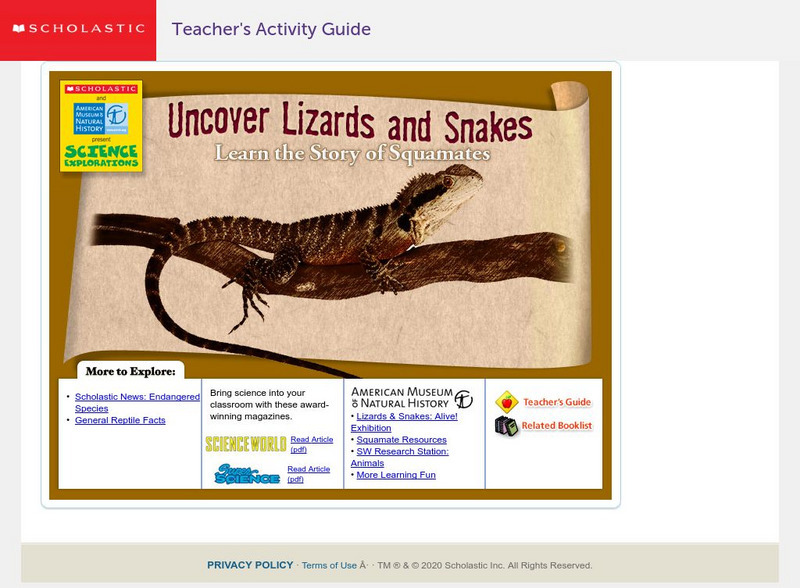Science Buddies
Science Buddies: Too Much of a Good Thing? Effects of Fertilizer on Algal Growth
Algae is a good thing, but too much is a bad thing. In this environmental science fair project, grow algae in several concentrations of fertilizer and observe its effect on algal growth.
Science Buddies
Science Buddies: The Pixel Puzzle: Why Video Game Characters Look Better Today
Video games today look better than video games from the 80's, this is because now the number of pixels, or dots on the screen, used to represent video game objects has greatly increased. In the 80's, Mario was no more than 16 pixels tall...
Science Buddies
Science Buddies: A Battery That Makes Cents
Batteries are expensive to purchase in a store, but you can make one your self for exactly 24 cents. In this experiment, you will make your own voltaic pile using pennies and nickels and determine how many coins in a pile will make the...
Science Buddies
Science Buddies: Riprap: It's Not Hip Hop but Erosion Stop
The Grand Canyon serves as an excellent example of just what water can do over a period of millions of years. This week long lab will help you understand how erosion works, how engineers work to help prevent erosion.
Science Buddies
Science Buddies: Set Your Table for a Sweet and Sticky Earthquake Shake
Earthquakes can have different affects depending on their location. This week long exercise asks you to build a model house and a special table to shake it on, and see how different soil types can amplify shaking.
Science Buddies
Science Buddies: Tee Time: How Fast Is Your Golf Swing?
Determine how golf club head velocity affects shot distance. Make your next trip to the driving range educational by conducting this experiment.
Science Buddies
Science Buddies: You've Got Permission to Be a Backseat Driver!
You can see what happens to your car's fuel efficiency when it takes you downtown to see a movie, up a hill for a great view, or out for a cruise on a flat country road. This is because a car's fuel efficiency does not remain the same...
Science Buddies
Science Buddies: Sorting Out Sedimentation
Sedimentary rock forms in layers that are deposited one after the other over long periods of time. Oftentimes, sedimentary rock contains fossils and other debris that are deposited within the layers. Use this experiment to investigate...
Science Buddies
Science Buddies: Bottled Up Buoyancy
Sure you understand what makes submarines cool, they allow us go underwater and explore the sea! But understanding how they function is a completely different matter. This lab will help you investigate how submarines dive and surface by...
Science Buddies
Science Buddies: Time Is Money
By applying principles of industrial engineering and time management, you will learn how you can speed through your chores and still have time to kick back and relax. You will also learn that time-efficiency is not the only factor...
American Museum of Natural History
American Museum of Natural History: O Logy: Stuff to Do: Buried Bones
A how-to science project with instructions to make a complete dinosaur bone dig site burying chicken bones in plaster of Paris. Click on the starred words to learn more about the topic.
PBS
Pbs Kids: Design Squad Challenge: Rubber Band Car [Pdf]
Hands-on challenge to build a car using a rubber band and only two wheels that can go really fast and far. Provides full list of materials with ideas on how to design, build, and test and redesign. Activity focuses on the engineering...
Orca Book Publishers
Orca Book Publishers: Tj and the Rockets Teaching Guide [Pdf]
Hazel Hutchins has written the TJ series of novels. This teaching guide for TJ and the Rockets, about TJ and his science fair project, includes a book summary, teaching ideas and the author's reflections on writing the book.
NASA
Nasa Space Place: Do a Science Fair Project!
Your science fair project may do one of three things: test an idea (hypothesis), answer a question, and/or show how nature works. Learn the steps involved in a project and get some great topic ideas.
Science Struck
Science Struck: Water Cycle: An Easy Explanation for Kids
Provides a simple explanation of the water cycle by describing four main stages - evaporation, condensation, precipitation, and collection. Includes three project ideas and some interesting facts.
REMC Association of Michigan
Remc Association of Michigan: 21 Things4 Students: 15. Design Thinking
Design Thinking is a process for designing something to solve a problem. It shares a lot of similarities to the Engineering Design Process you might learn in a STEM class and the Scientific Method you learn in science. However, it tends...
Scholastic
Scholastic: Science Explorations: Uncover Lizards and Snakes
An exploration of squamates, or scaled reptiles. Take notes about lizards and snakes using the pdf "Squamate Chart" while viewing a slideshow, investigate the squamate anatomy and how squamates differ from other animals, such as insects...
Science Buddies
Science Buddies: Fun or Frustrating?
Video games have different difficulty settings, from easy to hard mode. Ask volunteers who have never played the game before to try it out. Some of them should use the easy mode and others should use the hard mode, this will ensure that...
PBS
Pbs Kids: Dragonfly Tv Do It: Grow a Crystal
This PBS Kids site teaches students about crystals and includes an activity that shows how to make sparkling gems at home.
PBS
Pbs Kids:activities and Videos: Structures
PBS site provides videos and activities are hands-on challenges that focus on the engineering design process. They use simple materials, allow for multiple solutions, and are ideal for ages 9-12.
Other popular searches
- Water Science Project Ideas
- Earth Science Project Ideas
- Space Science Project Ideas
- Health Science Project Ideas
- Sport Science Project Ideas
- Egg Science Project Ideas
- Ideas for Science Project













![Pbs Kids: Design Squad Challenge: Rubber Band Car [Pdf] Handout Pbs Kids: Design Squad Challenge: Rubber Band Car [Pdf] Handout](https://content.lessonplanet.com/knovation/original/39882-71214195b4578f7495a86da537e455ab.jpg?1661244865)
![Orca Book Publishers: Tj and the Rockets Teaching Guide [Pdf] Lesson Plan Orca Book Publishers: Tj and the Rockets Teaching Guide [Pdf] Lesson Plan](https://d15y2dacu3jp90.cloudfront.net/images/attachment_defaults/resource/large/FPO-knovation.png)



